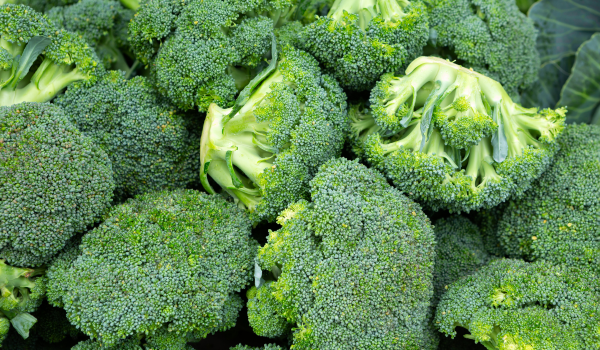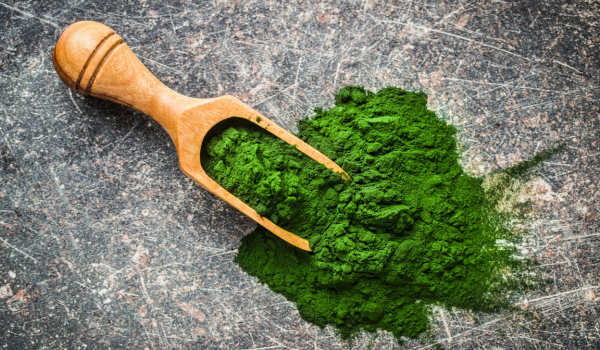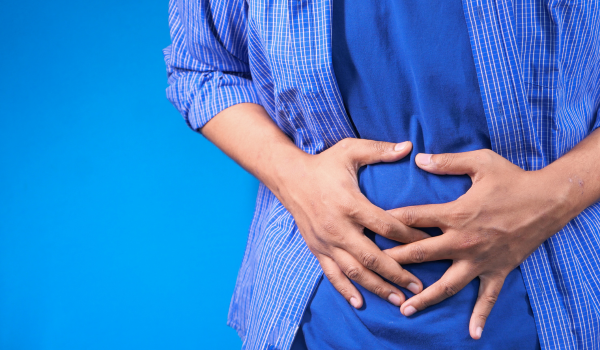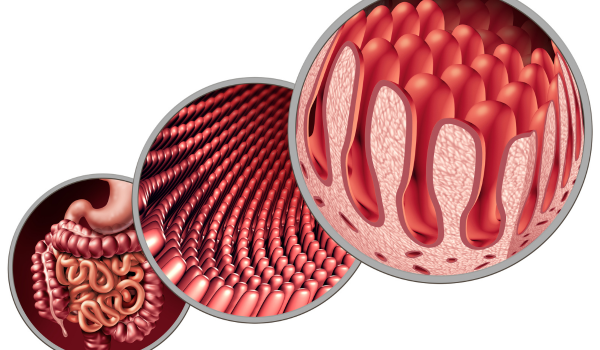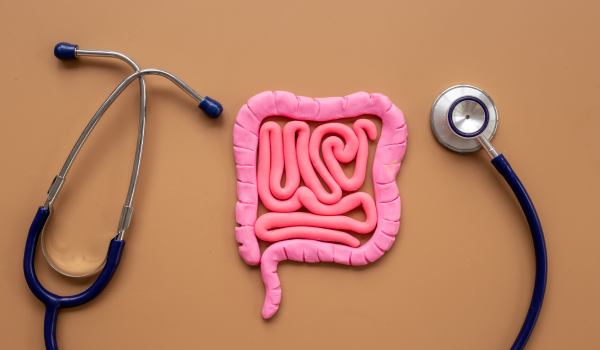
The stomach is a muscular, J-shaped organ located in the upper left abdomen. It temporarily stores food, breaks it down with muscle contractions and stomach acid, and produces intrinsic factor, a protein that aids vitamin B12 absorption.
Proper stomach function is essential for nutrient absorption and waste elimination. Untreated stomach issues can lead to pain, poor digestion, and nutrient deficiencies.
Anatomy of the Stomach
Structure
The stomach has four main regions:
-
Cardia: Top-right opening, secretes protective mucus.
-
Fundus: Dome-shaped top-left region, secretes gastric acid.
-
Body: Central portion of the stomach.
-
Pylorus: Funnel-shaped bottom-right portion, moves food into the small intestine.
The stomach also has layers of tissue:
-
Serosa: Outer protective layer.
-
Muscularis: Three layers of smooth muscle (longitudinal, circular, oblique).
-
Submucosa: Connective tissue with blood vessels, nerves, and lymphatics.
-
Mucosa: Innermost layer, secretes mucus, hormones, and stomach acid.
Location
-
Left upper abdomen, under the liver.
-
Connects to the esophagus at the top (cardia) and small intestine at the bottom (pylorus) via sphincters.
Anatomical Variations
-
Rarely, the stomach can curve forward, backward, or to the right.
-
Childhood development or habitual stomach-sucking may cause an hourglass-shaped stomach.
Functions of the Stomach
-
Mechanical digestion: Muscular contractions break food into smaller parts.
-
Chemical digestion: Gastric glands secrete gastric acid (hydrochloric acid + pepsin) triggered by the hormone gastrin.
-
Nutrient absorption:
-
Vitamin B12: Intrinsic factor binds B12 for absorption in the small intestine.
-
Water, some medications, and water-soluble vitamins.
-
-
Chyme formation: Partially digested food mixes with gastric acids before entering the small intestine (takes 2–4 hours).
Common Stomach-Related Conditions
-
Dyspepsia (Indigestion): Discomfort after fatty, acidic, or spicy foods, stress, alcohol, or medications.
-
GER & GERD: Acid reflux or chronic heartburn caused by stomach acid escaping into the esophagus.
-
Stomach Ulcers: Open sores caused by H. pylori or NSAIDs like aspirin and ibuprofen.
-
Gastritis, Gastroenteritis, Gastropathy: Inflammation or damage to the stomach lining; caused by infections, medications, or alcohol.
-
Gastroparesis: Delayed stomach emptying due to weak stomach muscles; can cause nausea, abdominal pain, and malnutrition.
-
Stomach Cancer: Can affect the lining, mucus layer, nerves, or lymph cells. Risk factors include GERD, smoking, chronic gastritis, and family history.
-
Gastric Perforation: Hole through the stomach wall from injury, ulcers, or tumors.
Diagnostic Testing
-
Upper GI Series: X-ray after drinking barium to check GI tract function.
-
Gastric Emptying Test: Measures how quickly food leaves the stomach; helps diagnose gastroparesis.
-
Upper GI Endoscopy (Esophagogastroduodenoscopy): Camera inserted via mouth to detect cancer, GERD, or ulcers.
Tips for Keeping Your Stomach Healthy
-
Eat slowly and regularly: Helps digestion and reduces reflux.
-
Limit alcohol: Reduces excess acid production.
-
Drink water: Supports enzymatic breakdown of food.
-
Avoid smoking: Reduces risk of cancer and acid reflux.
-
Manage stress: Practice mindfulness, yoga, or deep breathing to reduce stomach issues.
Quick Review
The stomach is a vital digestive organ. Muscle contractions and gastric acid break down food to help the body absorb nutrients. Maintaining stomach health through diet, hydration, and lifestyle can prevent ulcers, reflux, and other digestive problems. Persistent issues should be evaluated by a healthcare provider.


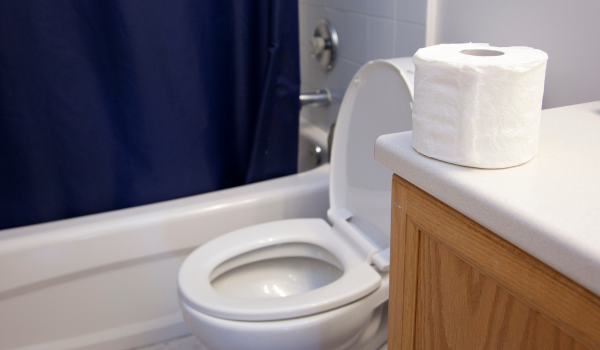


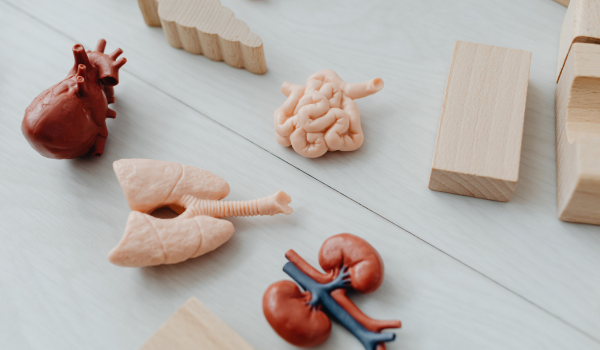
.png)




